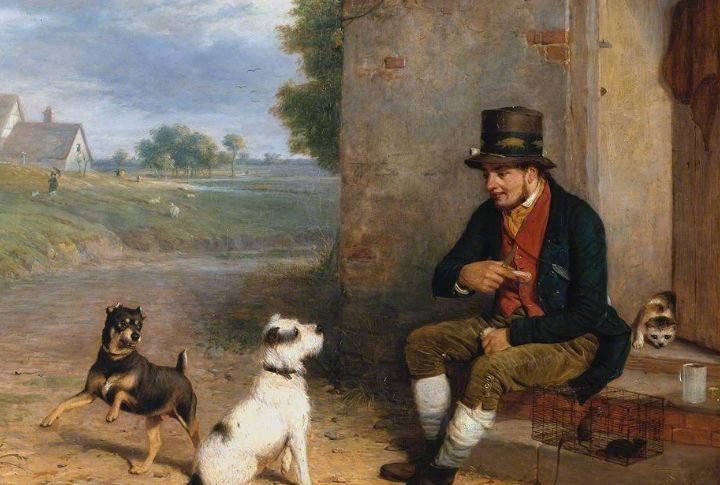
Not all work came with pride or praise. Some were soaked in blood, fear, or foul duty—yet they continued, generation after generation. These jobs filled gaps society wouldn’t face directly but relied on anyway. Looking back, they show what people once accepted as normal. Here are 20 historical roles that still leave a chill today.
Fuller (Ancient Rome To Medieval Europe)
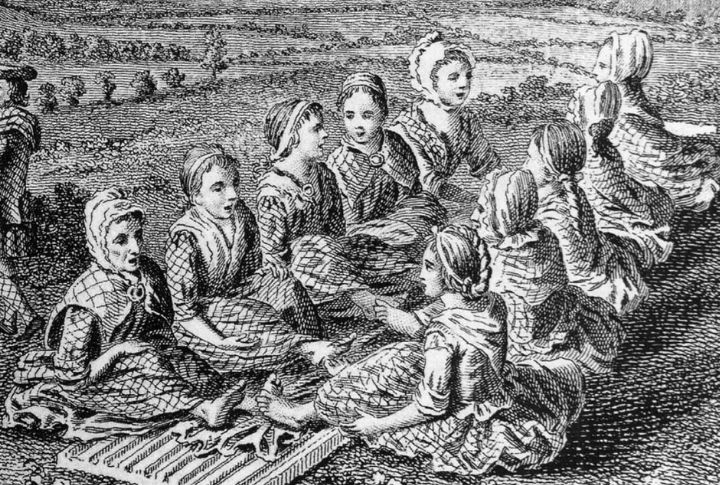
Wool was cleaned by fullers, who stomped in vats filled with urine for hours. To obtain this ammonia-rich liquid, public toilets supplied the necessary substance, which helped soften the fibers. As a result, the process was exhausting, to the extent that workers fainted from prolonged exposure to the fumes.
Gong Farmer (Medieval England)
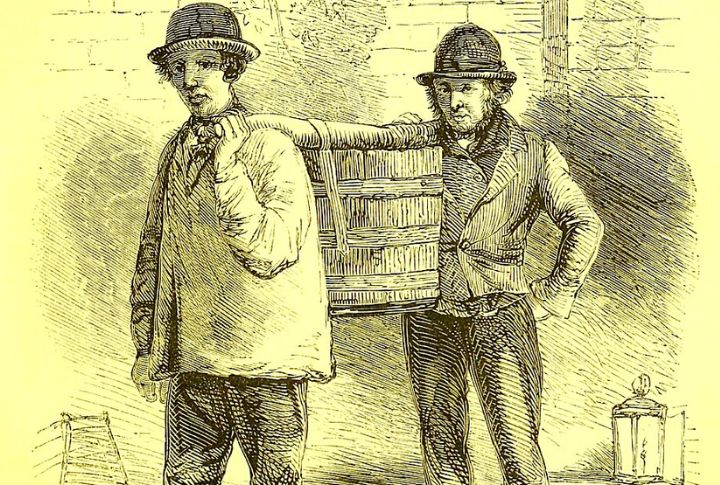
Cesspits filled with human waste were emptied by gong farmers, who worked only at night due to the unbearable stench. Despite the filth, they earned decent wages and sold the waste as fertilizer. While the job was profitable on one end, it was deadly, as some suffocated while inside the pits.
Mourner-For-Hire (Ancient Egypt To Victorian Era)
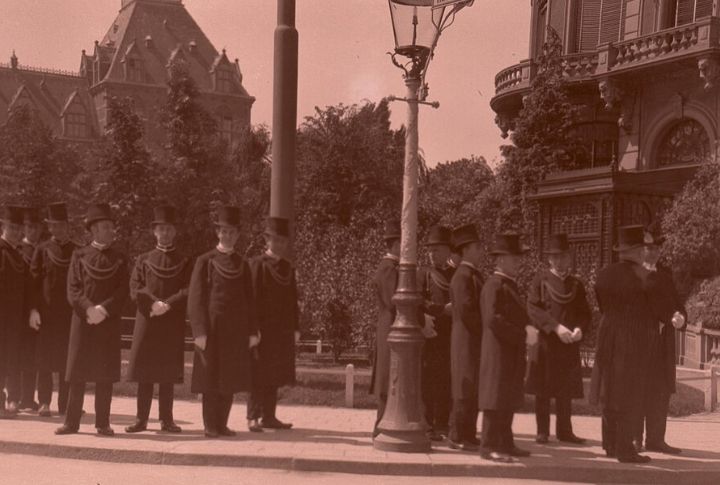
Funerals were often dramatized by hired mourners, who were paid to cry and exaggerate their perceived grief. Some wore elaborate costumes or used fake tears to meet expectations. The role was competitive, with mourners vying for gigs based on their theatrical skills and emotional displays.
Leech Collector (18th–19th Century Europe)
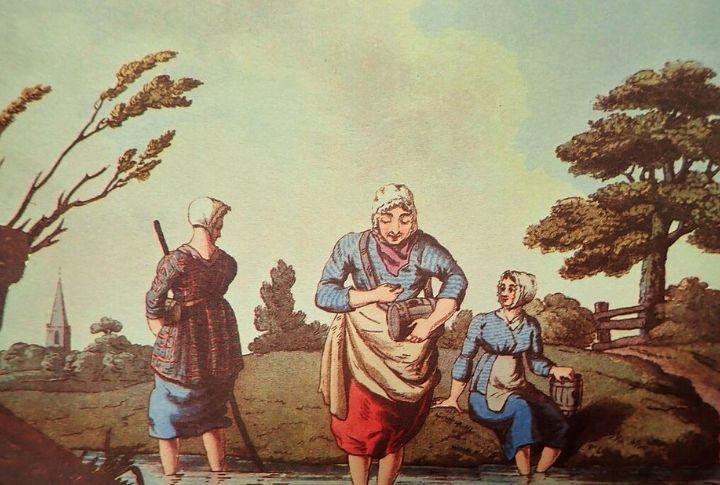
Collectors waded into swamps to attract leeches used for bloodletting. Often fainting from blood loss, they faced extinction-level shortages of leeches. Doctors paid well for the slimy creatures, which were considered essential for treating various ailments at the time.
Maggot Farmer
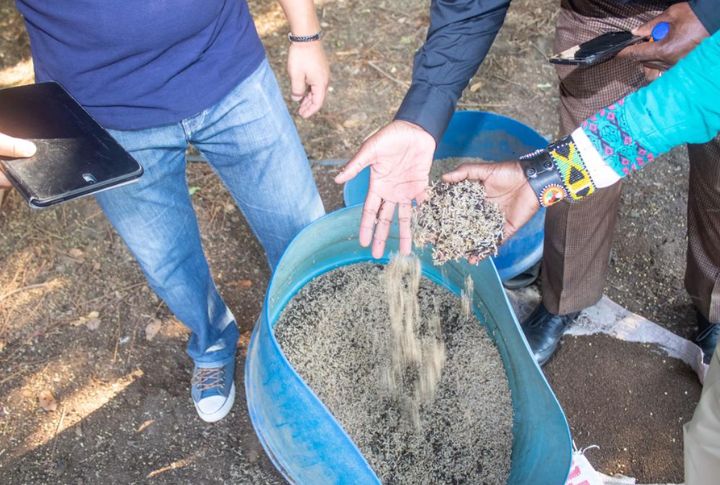
Usually, in foul-smelling environments, maggots were raised by farmers using decomposing matter. They also played roles in forensic science and wound cleaning, as they were used for bait and waste disposal. Despite the stench, maggot farming remains a surprisingly useful and medically relevant practice.
Chimney Sweeper (18th–19th Century Europe)

Children were forced to climb narrow chimneys, thereby exposing themselves to carcinogenic soot. Many died from getting stuck or falling, while others developed “sweep’s carcinoma.” Eventually, the UK banned child sweeps in 1875 after decades of public outcry and reform efforts.
Body Snatcher (18th–19th Century Europe)
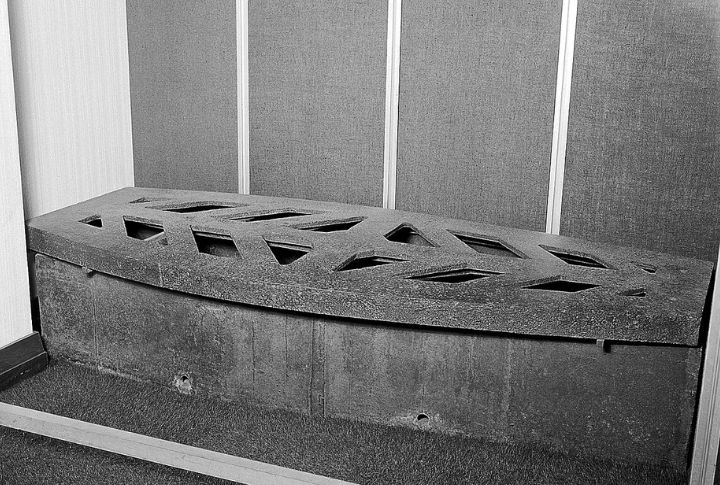
Medical schools relied on body snatchers to supply cadavers, usually dug up illegally. In 1828, William Burke and William Hare even resorted to murder for profit. Some snatchers earned over $13.5 per body and later became anatomy instructors, which blurred the line between crime and science.
Knocker-Up (Industrial England)
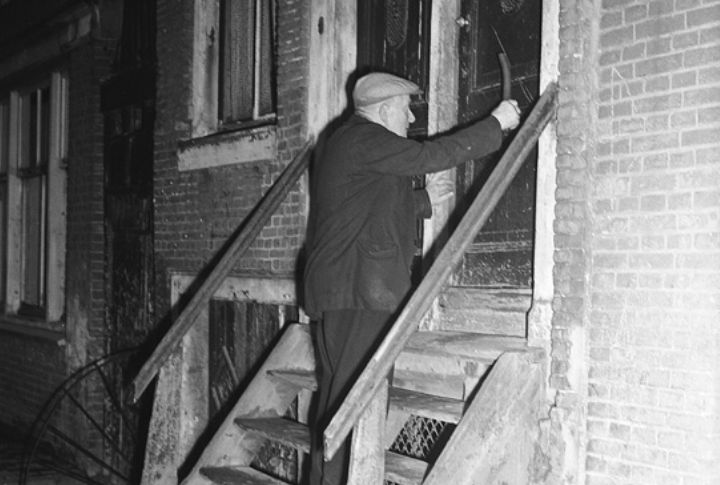
Factory workers relied on knocker-ups to wake them before alarm clocks existed. Using sticks or pea shooters, they tapped windows starting at 3 a.m. The payment was minimal, typically just pennies. A mundane task like this quickly evolved into a quirky profession, with some even training birds to assist.
Groom Of The Stool (Tudor England)

Monarchs required assistance during bowel movements, and the groom of the stool fulfilled that duty. The role involved cleaning the royal rear and monitoring digestive health. Surprisingly, it held political influence—Henry VIII appointed multiple grooms who later became trusted advisors.
Nitpicker (Stuart England)

The term “nitpicking” originated from this tedious job. Lice-infested wigs were meticulously cleaned by nitpickers using lavender oil and fine combs. Wigs were reused for decades, and some nitpickers worked in royal courts, making their role both essential and oddly prestigious.
Treadmill Prisoner (Victorian England)
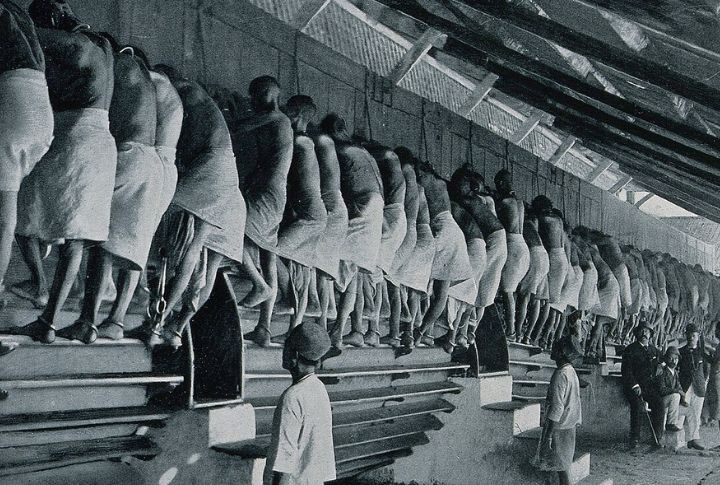
Prisoners sentenced to hard labor walked giant treadmills for hours, powering mills or lifting stones. The machines were exhausting and monotonous, usually causing the collapse of workers. Banned in 1898, the practice left lasting physical damage and symbolized the harshness of Victorian penal systems.
Rat Catcher (Medieval To Victorian Europe)
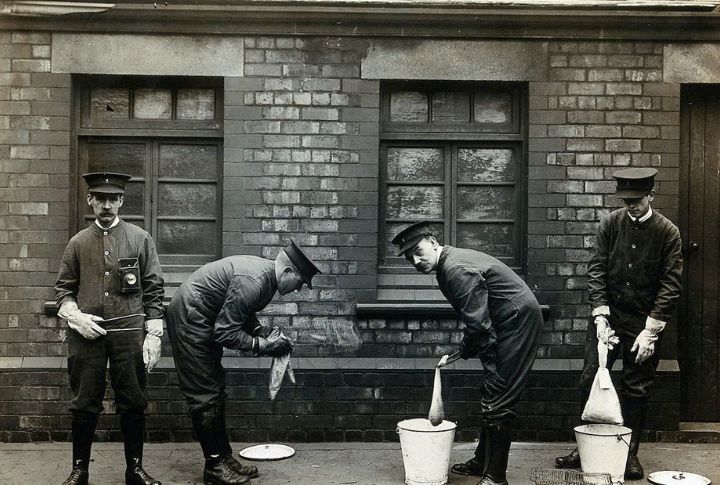
To combat disease, rat catchers hunted rodents using terriers and ferrets. Paid per rat, they were sometimes sold for gambling or kept as pets. The job was risky as it exposed workers to bites and infections, yet it remained vital for public health.
Barber-Surgeon (Medieval Europe)
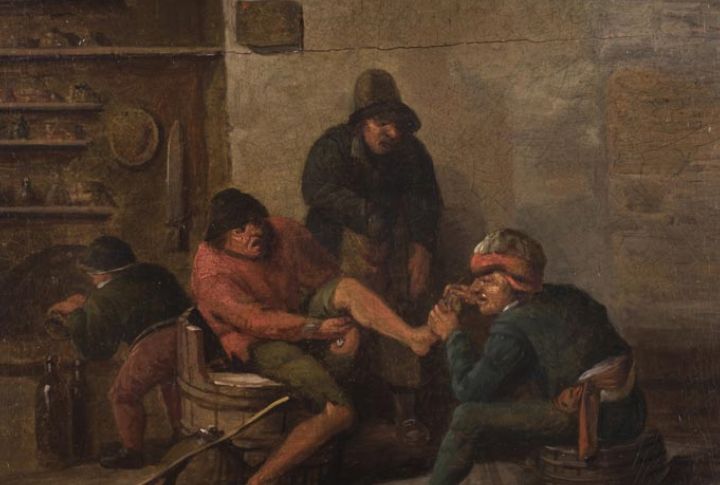
Barbers doubled as surgeons and performed amputations with scissors and saws. They diagnosed illnesses by tasting urine and operated without anesthesia. The iconic red-and-white barber pole symbolizes blood and bandages, a chilling reminder of their dual role in grooming and medicine.
Tannery Worker (Ancient To Industrial Era)
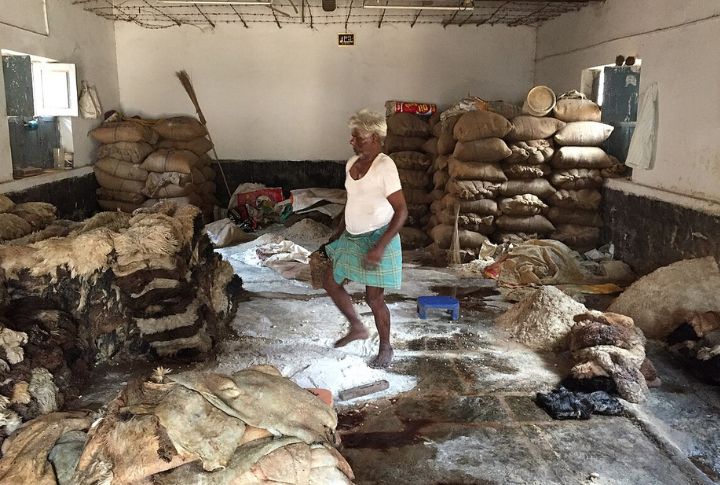
Animal hides were treated with urine and feces by tannery workers, which exposed them to toxic fumes daily. Dog poop softened the leather, and work was done on the city outskirts. In India, this job was reserved for the untouchables, reflecting their low social status.
Guano Collector (19th Century Peru)
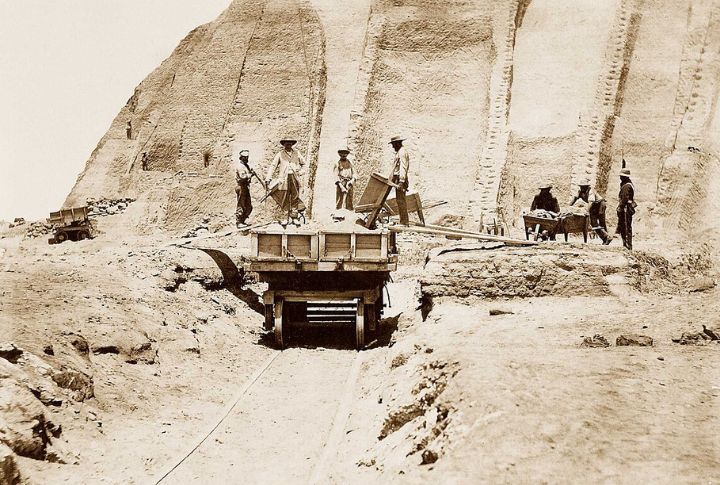
Guano collectors harvested bird droppings on isolated islands, most of the time without masks. Ammonia exposure caused blindness, yet guano remained Peru’s top export. Despite the health risks, the fertilizer’s value made this job economically vital and internationally significant.
Executioner (Global History)
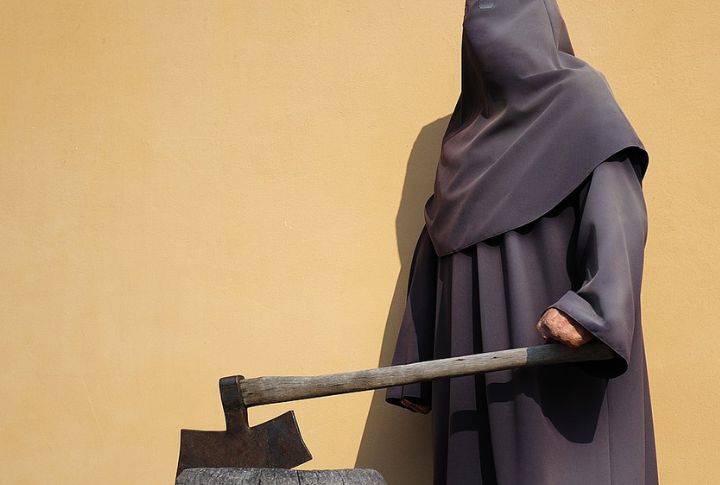
Executioners were tasked with carrying out capital punishment and often faced social rejection for the role. Many concealed their identity with masks and received additional pay for clean, precise cuts. The job also included torture duties in some cases, which added a psychological burden to an already grim profession.
Whipping Boy (17th Century Europe)

Royal children’s punishments were redirected to whipping boys since striking royalty was forbidden. Some formed close bonds with princes and later became advisors. The job was considered honorable, though it involved physical pain and emotional manipulation.
Odor Judge (Modern History)

Quality control in industries like perfume and hygiene products relies on odor judges trained to detect subtle scent changes. These professionals sniffed armpits, chemicals, and fragrances daily, typically losing their sense of smell over time. Years of training were required, and exposure to strong compounds made the job physically taxing.
Vomit Collector (Modern Amusement Parks)

Thrill rides at amusement parks triggered vomiting, which had to be cleaned by vomit collectors. Paid hourly or per cleanup, they used industrial-grade cleaners to sanitize “vomit zones.” The role exposed workers to biohazards and required a quick response to keep rides operational and guests comfortable.
Tosher (Victorian London)
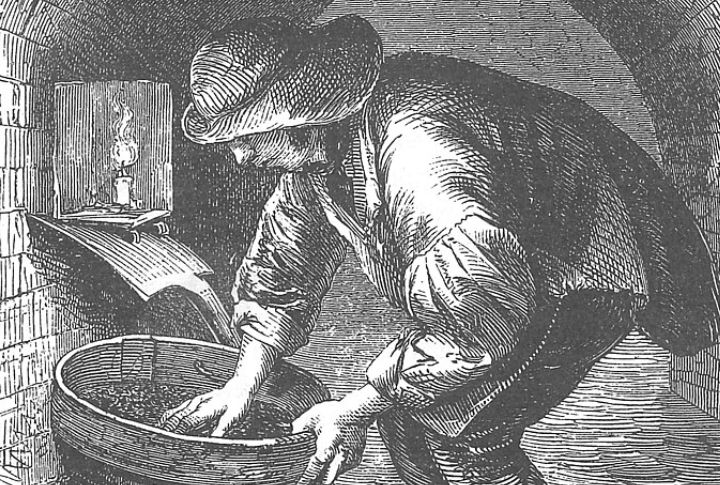
Toshers illegally scavenged London’s sewers for coins, jewelry, and other valuables. Wearing oil lamps on their hats, they risked drowning and disease daily. Despite the danger, some earned up to $2.7 a week, making it a tempting job for the desperate.

